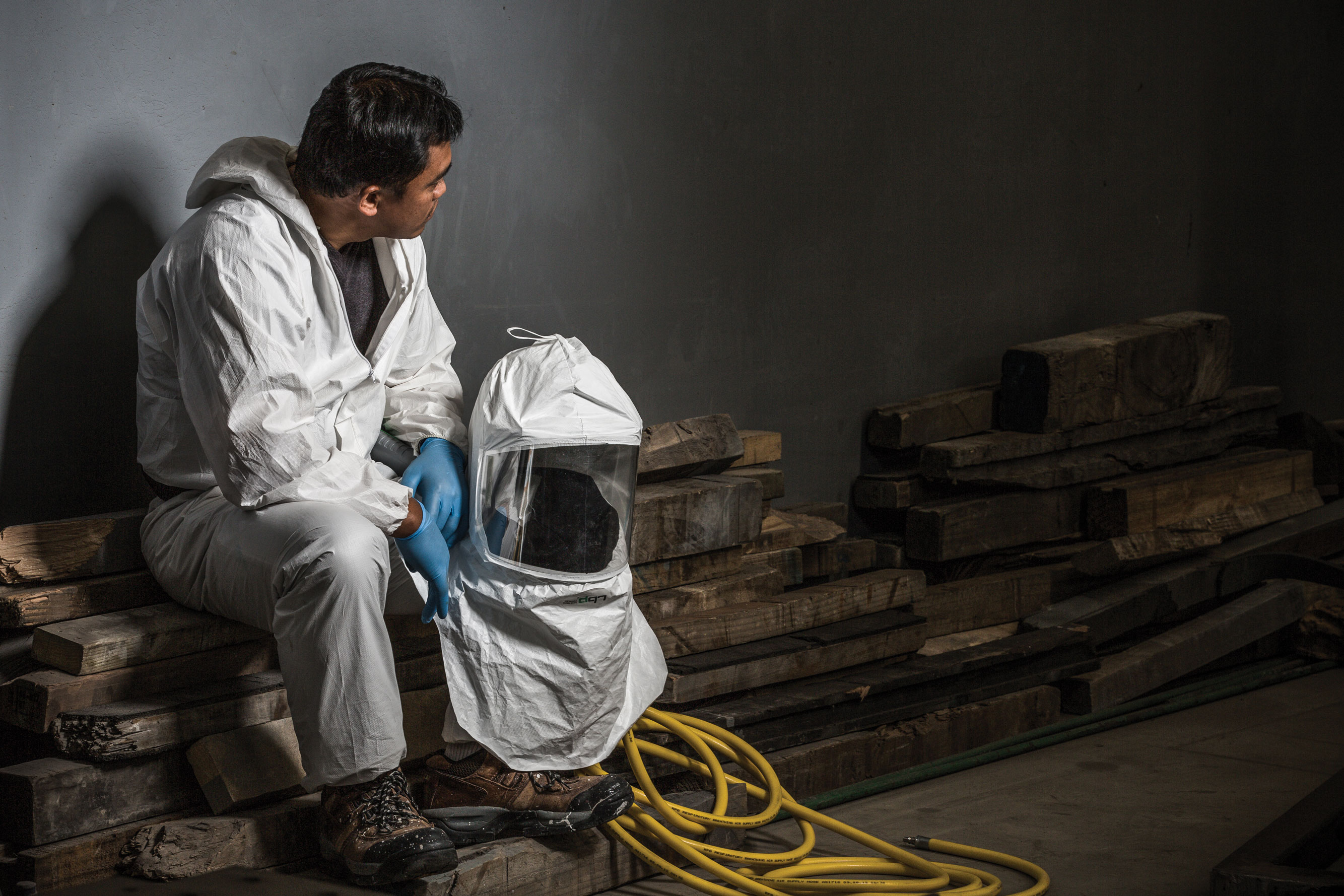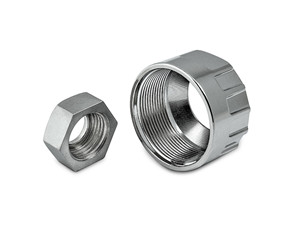
How to Set Up Blasting Equipment
Updated: December 22, 2023Sandblasting is a powerful technique used to prepare surfaces for coatings, finishes, or treatments. Whether you're stripping old paint, cleaning metal, or creating a textured surface, sandblasting can deliver excellent results efficiently and at a reasonable cost. However, before you begin, it's crucial to properly set up your blasting equipment to ensure safety and performance.
If you're looking for professional guidance or need assistance with your blasting setup, feel free to contact us today.
Necessary Tools and Equipment for Sandblasting
To get started with sandblasting, you'll need the right tools and equipment. Here’s a list of essential components:
- Abrasive materials: Choose the right type based on the job—common options include silica sand, glass beads, and steel shot.
- Air compressor: This provides the necessary pressure to propel the abrasive media onto the surface.
- Blasting respirator: A full-face mask or hood protects the operator from dust, fumes, and abrasive particles, meeting OSHA safety standards.
- Blast pot: Also known as a pressure tank, it holds and delivers the abrasive material under pressure.
- Deadman switch: A safety feature that stops the system instantly if the operator releases it.
- Hoses: Connect the air compressor to the blast pot and nozzle, ensuring they are kink-free for optimal flow.
- Moisture trap and separator: Removes moisture from compressed air to prevent clogging and improve efficiency.
- Nozzle: Directs the abrasive media toward the surface being treated.
Preparation Steps for Blasting Setup
Before starting the process, follow these key steps to ensure a safe and effective setup:
- Wear proper safety gear: Always use a respirator, heavy-duty gloves, protective clothing, and steel-toed boots.
- Inspect all equipment: Check for leaks, cracks, or damage in hoses, nozzles, and the blast pot.
- Lay out the hoses carefully: Avoid sharp bends or kinks, which can reduce airflow and cause wear over time.
- Secure connections: Ensure all fittings are tight and properly connected to prevent air or abrasive loss.
- Position the compressor correctly: Place it upwind and on level ground to avoid contamination and maintain system efficiency.
- Test the system: Conduct air pressure and nozzle tests to ensure everything is functioning properly.
- Follow startup procedures: Adhere to manufacturer guidelines to start the system safely and effectively.
Types of Sandblasting Systems and Applications
Finishing Systems offers a wide range of sandblasting solutions tailored to different needs. Some common setups include:
- Wet blast systems
- Portable blasting units
- Air blast rooms
- Blast cabinets
- Bulk blasting systems
- Cryogenic deflashing
- Blast and recovery systems
- Air blast tumble equipment
Whether you're working on small parts or large industrial surfaces, we have the right equipment to meet your requirements. Our team is here to help you choose the best solution for your project. For more information or pricing details, don’t hesitate to reach out to us today.
For more insights into sandblasting techniques and equipment, check out our other articles or contact us directly. We’re always happy to assist!
Zinc is one of the most versatile die cast metals. It provides higher precision with lower tooling costs when compared to other die cast metals like aluminum or magnesium. Zinc Die Casting also offers a broad range of excellent physical and mechanical properties, finishing characteristics, and is the easiest to cast. Die casting is a versatile, efficient and economical process for producing engineered metal parts.
Die casting offers a broader range of shapes and components than any other manufacturing technique. The die casting process requires a steel mold. These reusable steel molds, called dies, can be designed to produce complex shapes with a high degree of accuracy and repeatability. The dies are mounted into a machine that injects molten metal into the dies under high pressure. Once the molten metal has solidified, the die is opened and the casting is ejected from the mold. The die is then closed and the process starts over.

Zinc Die Casting,Casting Zinc Alloy,Die Casting Zinc,Die-Cast Zinc Alloy,Zinc Alloy Die Casting
NINGBO CITY YINZHOU RUICAN MACHINERY CO.,LTD , https://www.china-sandcasting.com